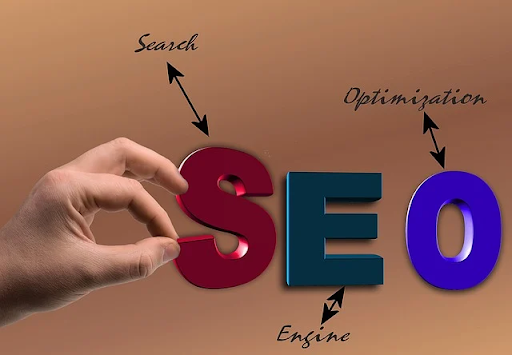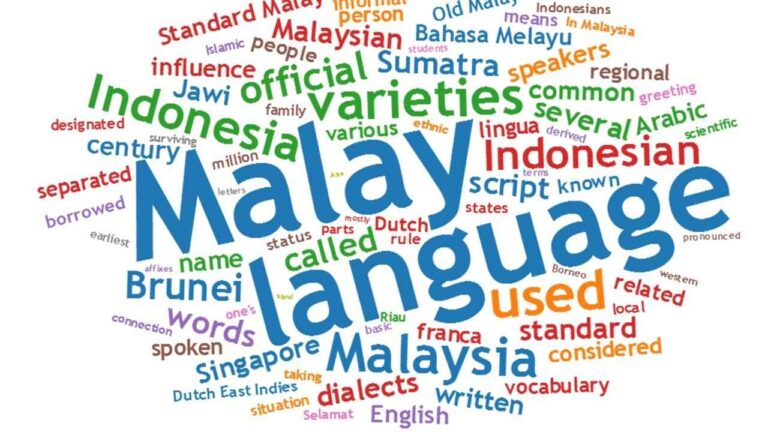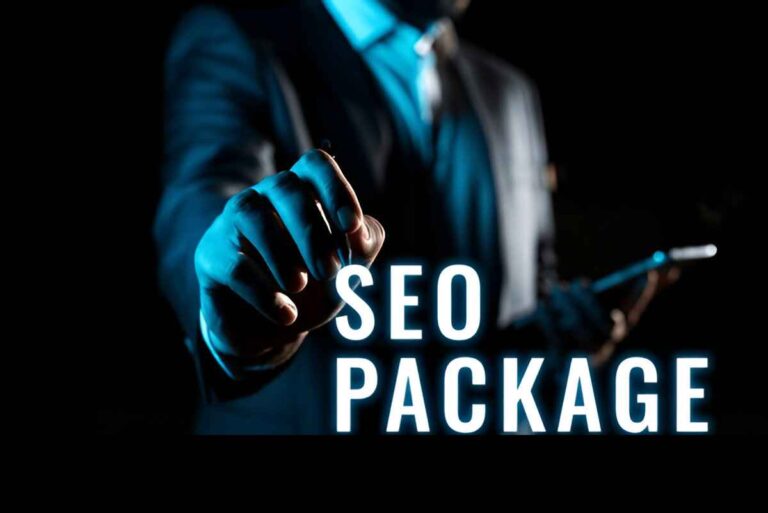
In 2025, the digital marketing landscape continues to evolve at breakneck speed, and an SEO company must adapt with agility, innovation, and strategic foresight. Behind every successful search engine optimization effort lies a sophisticated ecosystem of specialized teams, advanced tools, and proven tactics. Whether you’re a business owner considering SEO services or a marketer seeking insight into the industry’s operations, understanding the inner workings of a modern seo company will illuminate how search visibility is cultivated today.
Image source: pixabay.com
The Core Teams Driving SEO Success
An SEO agency in 2025 typically operates with a multi-disciplinary structure, bringing together diverse expertise to ensure a holistic and integrated approach. The main teams include Technical SEO, Content Strategy, Digital PR & Link Building, Data & Analytics, and Project Management.
The Technical SEO team ensures that a website meets the latest standards set by search engines, such as Core Web Vitals, mobile usability, and schema markup. For example, before launching a site, they might conduct a crawl audit using Screaming Frog or Sitebulb, identifying critical issues like broken links or poor internal linking. From there, they collaborate with developers to implement fixes and validate improvements with tools like Google Search Console.
Meanwhile, Content Strategists and Writers craft SEO-driven content that aligns with keyword intent and audience interests. Their process begins with comprehensive keyword research using tools like Ahrefs or Semrush, identifying low-competition, high-value phrases. They then map these to relevant stages in the buyer’s journey before creating outlines and briefs for writers. For instance, a content strategist might recommend a how-to guide on “sustainable e-commerce packaging” to target eco-conscious small business owners.
The Role of Automation and AI Tools
SEO in 2025 thrives on efficiency, and that means automation and artificial intelligence are no longer luxuries—they’re necessities. From AI-powered keyword clustering to automated technical audits, tools have become central to scaling SEO efforts.
One example is the use of AI tools like SurferSEO or Frase to generate content outlines and optimize drafts in real-time based on SERP data. Writers use these platforms to ensure they include relevant subtopics, entities, and FAQs, which increases the likelihood of ranking in featured snippets or People Also Ask boxes.
Another tactic is automating competitor monitoring with platforms like SEOClarity or Similarweb. These tools allow SEO professionals to track shifts in keyword rankings or backlink profiles, then react proactively by refining their content or outreach strategies. Setting up alerts in these tools ensures that if a competitor suddenly gains rankings, the team can quickly perform a content gap analysis and deploy updates.
Data Analytics: Measuring and Refining Performance
Data-driven decisions are at the heart of every modern SEO strategy. Analysts don’t just look at rankings—they dive deep into behavior metrics, conversion rates, and attribution data to uncover what’s really driving results.
To execute this, an SEO company might start by integrating Google Analytics 4 (GA4) with Looker Studio dashboards. These visual reports track performance across campaigns and identify underperforming pages. If a blog post with a high bounce rate is identified, the content team is alerted to revise the intro paragraph, add internal links, or embed a call-to-action to increase engagement.
Another strategy involves using A/B testing tools like Google Optimize or Convert to test on-page elements like titles, headers, or content layouts. By comparing the performance of two variants, SEO teams can determine which structure encourages deeper scroll or longer session duration—signals that indirectly influence rankings.
Link Building in a Post-Penguin World
Gone are the days of mass directory submissions or shady PBNs. In 2025, link building is synonymous with digital PR—focused on earning authoritative links through value-driven outreach and storytelling.
The first step is developing link-worthy assets such as original research, interactive tools, or in-depth guides. For instance, a B2B tech firm might create a report on “AI Adoption Rates in Mid-Sized Enterprises” and then pitch the findings to trade publications, journalists, and bloggers in the industry.
Outreach tools like Pitchbox and BuzzStream help automate and personalize email outreach campaigns. Teams can segment their list, craft tailored messages, and follow up based on recipient behavior. Campaign success is then tracked through backlink monitors like Ahrefs or Linkody, ensuring earned links are indexed and relevant.
Local SEO: Hyper-Targeting for Community Reach
For businesses with a physical presence, local SEO remains essential. In 2025, this means optimizing not just Google Business Profiles but also location-specific landing pages, reviews, and local link signals.
Execution starts with optimizing the Google Business Profile by regularly updating posts, adding Q&As, and ensuring consistency in NAP (Name, Address, Phone Number) across all directories. A restaurant chain might also encourage patrons to leave reviews by offering QR codes on receipts that link directly to their review page.
Then, local landing pages are built for each service area, incorporating localized keywords and schema. For example, a home services provider could have separate pages for “plumbing repair in Boise” and “emergency plumber in Meridian,” each featuring unique content, testimonials, and map embeds.
Scaling SEO for E-commerce
E-commerce SEO in 2025 is more complex due to dynamic inventory, faceted navigation, and thin content risks. The key to success lies in automation, structured data, and user-focused content.
Execution begins with product schema implementation to feed rich results like pricing, reviews, and availability. Platforms like Shopify and WooCommerce offer plugins that streamline this process. Then, AI tools help generate unique product descriptions based on specifications, reducing duplication across similar SKUs.
Faceted navigation (filters like size, color, brand) is handled through proper canonical tagging and parameter controls to prevent index bloat. Tools like JetOctopus allow SEOs to simulate crawl behavior and identify URL parameters that need exclusion or consolidation.
Internal Collaboration and Agile Workflow
Finally, collaboration is crucial. In 2025, the best-performing SEO teams operate within agile frameworks, holding sprint reviews, retrospectives, and cross-functional syncs to keep progress aligned.
A typical monthly sprint might involve setting keyword priorities, updating a set of blog posts, fixing mobile speed issues, and executing a backlink campaign. Tools like Trello, Asana, or Monday.com help manage these tasks across departments, while communication flows through Slack integrations or Loom video briefs.
Weekly stand-ups ensure blockers are addressed quickly. For instance, if the dev team encounters a delay in deploying schema changes, the SEO lead can reprioritize content efforts while awaiting resolution. This nimble structure ensures that no aspect of the SEO strategy falls through the cracks.
In summary, an SEO agency in 2025 is a synergy of people, platforms, and processes. Through clearly defined roles, intelligent toolsets, and agile strategies, these agencies continue to help businesses thrive in an ever-competitive digital space. Whether you’re looking to partner with one or replicate its model, understanding the ecosystem behind the results is your first step toward sustainable growth.







